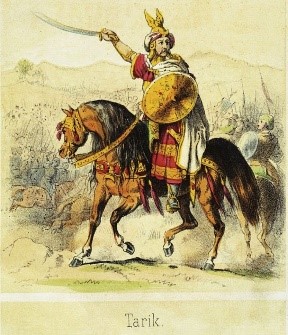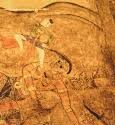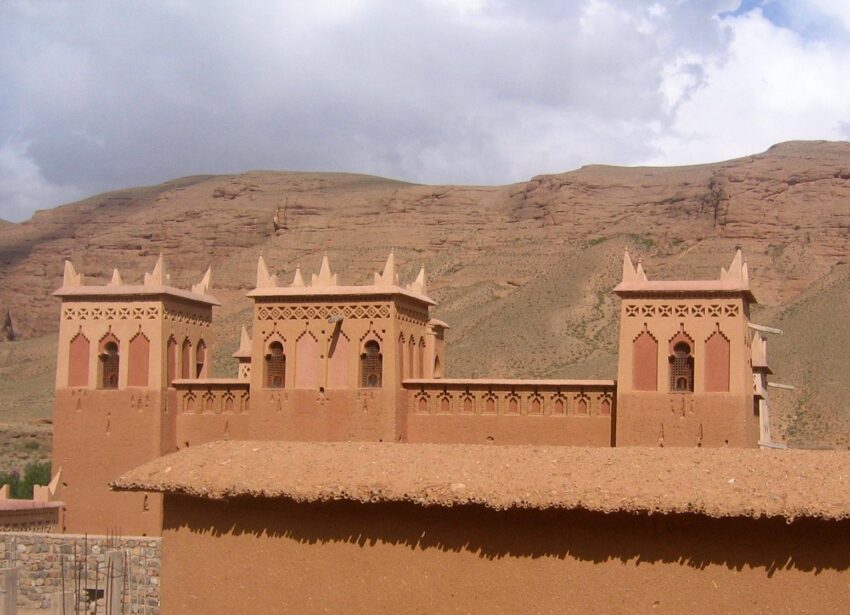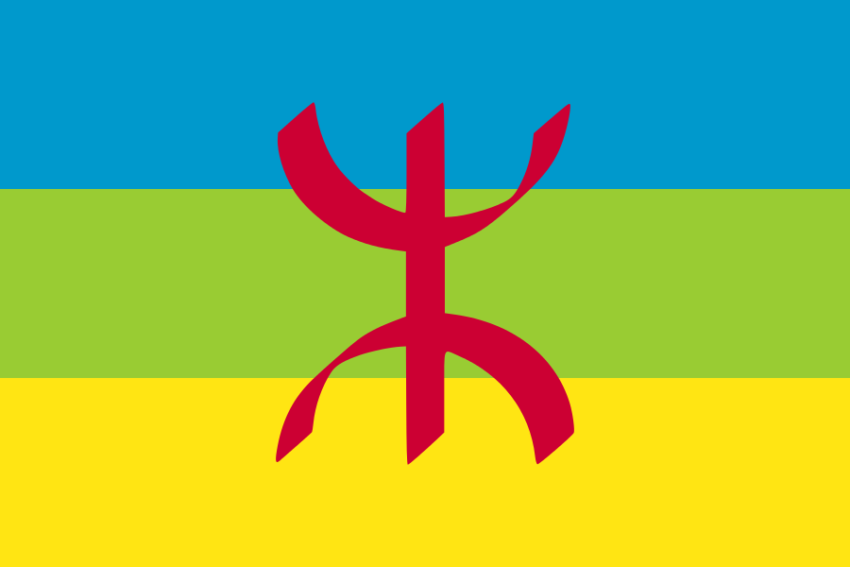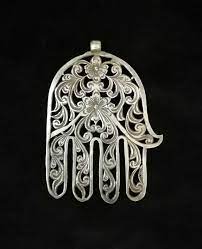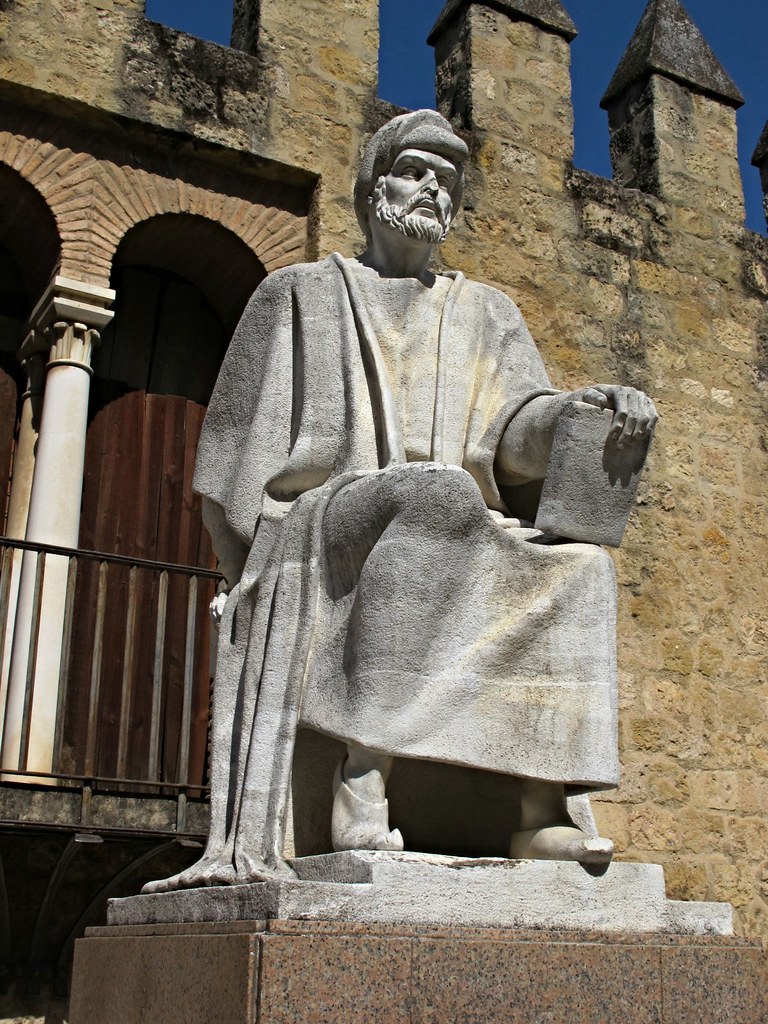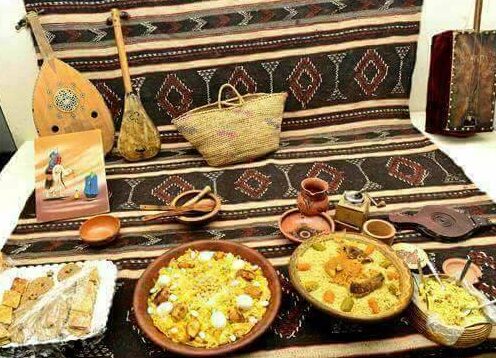The Libyan period The Libyans inhabited North Africa west of the Nile during prehistoric times. The Libyans are mentioned by the Egyptians in the 12th century BC. The temple of Pharaoh Sethi I, Ramses II’s father, depicts four Libyans in costume. The Greeks have Libyan populations as well. At the time, ancient Libya traded with…
Month: January 2023
Berbers in Morocco : the Culture
Berber society is rich in millennia-old traditions, whether in language, culture, arts, religion, crafts, or sociology. Amazigh handicrafts Craftsmanship is still very much alive and well in Berber culture today. The tribes, who have a rural culture, have long engaged in agricultural and breeding operations. Men were assigned to the livestock, while women were in…
7 things to know about morocco’s berbers history
7 Facts about Berbers There are historical references to Libyans, Berbers by origin, among Egyptian Pharaohs circa 1200 BC, and a lot more during prehistoric cave drawings discoveries going back more than 20,000 years. There are several ethnic groupings of Berbers in Morocco, the most well-known of which are the Chleuh, Zayanes, and Rifains, The…
Morocco: Berbers most known cuisine, Foods and dishes
Berber cuisine is a rich and diverse culinary tradition hailing from North Africa, primarily Morocco. The Berbers, also known as Amazighs, are an indigenous people of North Africa with a history dating back thousands of years. Their cuisine reflects a blend of influences from neighboring countries such as Spain, France, and the Middle East. Here…
Early Neolithic Morocco or New Stone Age: what science says about Berbers people
The Western Mediterranean region has a rich and complex history that dates back thousands of years. In particular, the period between 8000 and 5000 BCE saw several significant changes in human cultures, including the development of new technologies and the emergence of new social and economic systems. One of the most notable changes during this…
Amazigh flag
The first Amazigh flag was created in the 1970s, on the occasion of Yennayer. It was designed by Berber activist Youcef Medkour, also known as Youcef Amazigh, and has become an unifying icon for all Amazigh peoples. The blue depicts the Mediterranean Sea, the green the coast, and the yellow the hugeness of the Sahara….
The Beauty of Berber Jewelry: A Guide to Traditional Moroccan Jewelry
What is the history of handmade jewelry? Handmade jewelry has been around for thousands of years and is considered one of the oldest forms of human expression. Jewelry has been used to commemorate special events, celebrate milestones, and tell stories. From the ancient Egyptians to the indigenous peoples of the Americas, handmade jewelry has…
Influential Amazigh people in 2022
Berbers, also known as Amazighs, are a diverse and ancient community of North Africa, the Berber community continues to preserve its traditions and culture, and many Berber people have achieved great success in various fields. we have selected some extraordinary Amazigh people who deserves attention and admiration for their achievements : Aziz Akhannouch Tachelhit: ⵄⴰⵣⵉⵣ…
Most Influential Amazigh Figures in History
Throughout history, there have been innumerable unsung heroes, Among these heroes, we have selected 4 amazing Amazigh personalities who have had a great impact on world history. 1- Apuleius a Novelist, writer, public speaker who is born in c.124 and lived in the Berber city of Madauros, Numidia north Africa before traveling to Italy, Asia…
Yennayer 2973, the new Amazigh year in Morocco
this Friday, January 13 , The Amazigh community in Morocco is celebrating the Amazigh New Year or Id-Yennayer, an ancestral traditional festival present in North Africa for centuries, this Friday, January 13. The 2973rd year of the agrarian calendar will begin on Friday evening, which also corresponds to the first day of January in the…
